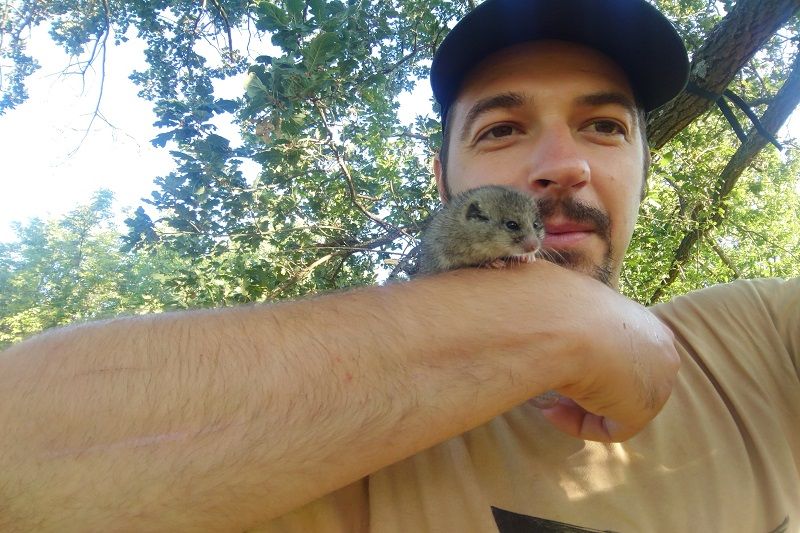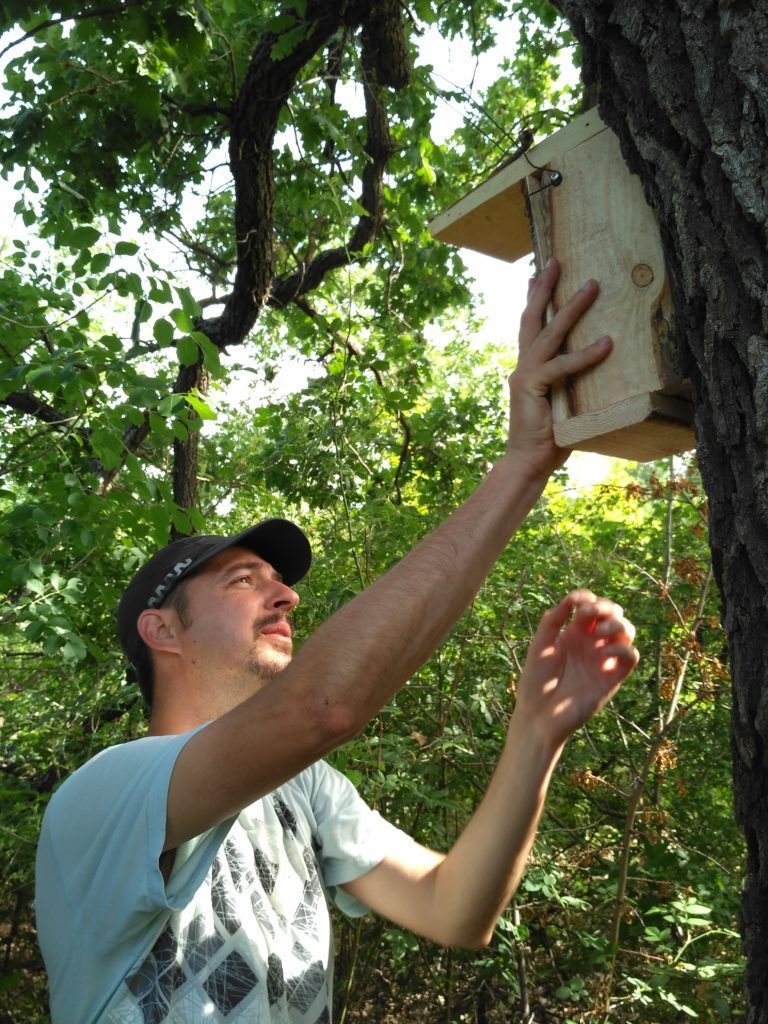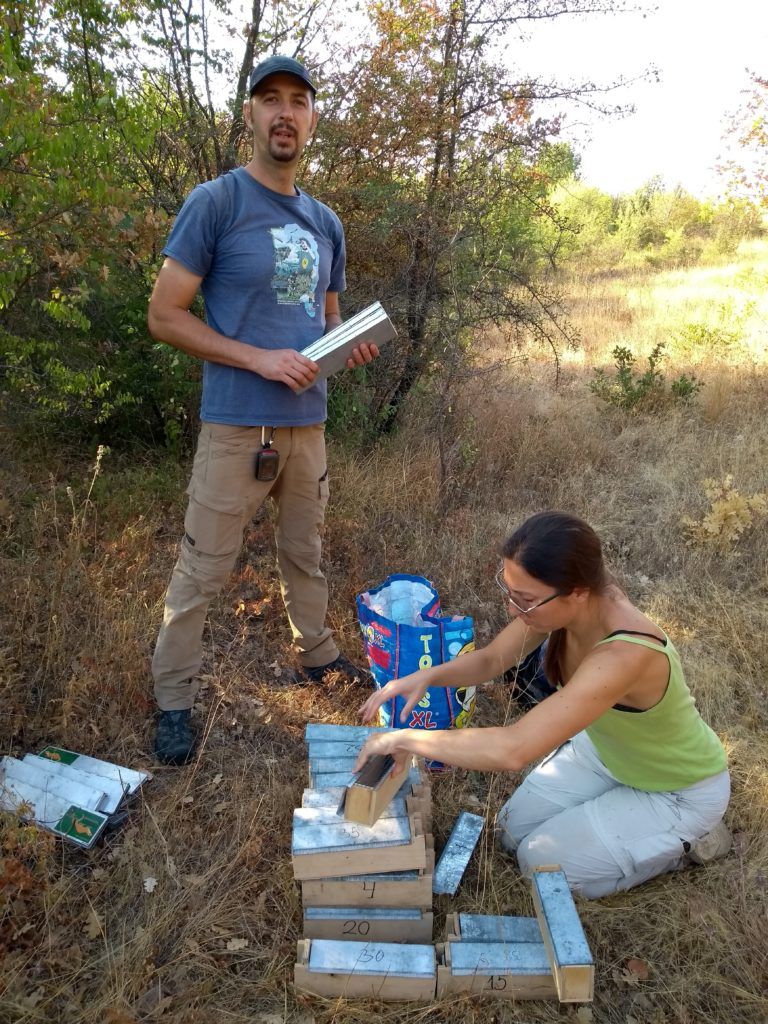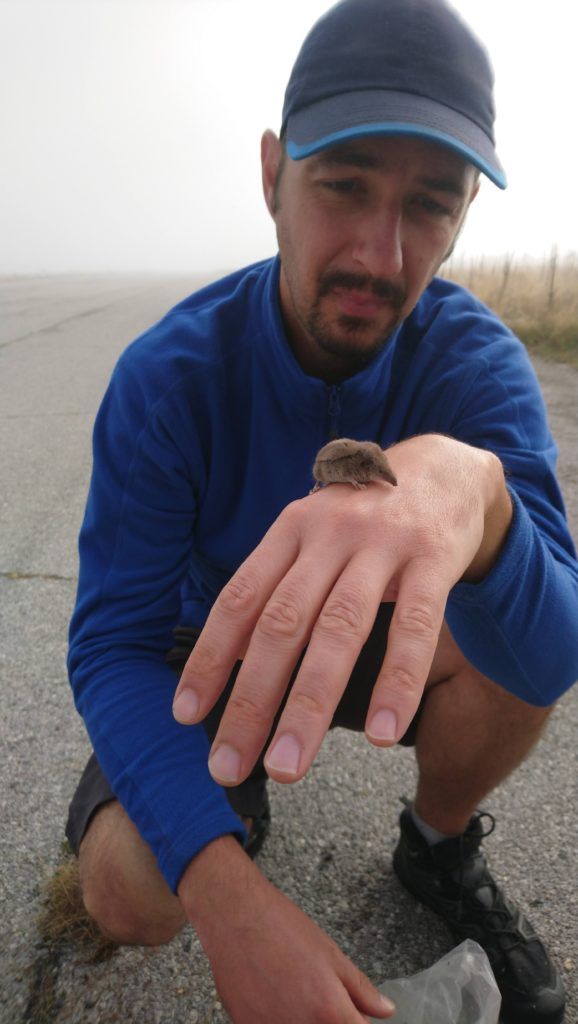Discovering dormice in Bulgaria
We know that much of our wildlife is in crisis. But how do we begin to go about helping species if we know very little about them. Often we don’t even know if they’re living in a particular area or not. So one of the most critical things we can do to help threatened wildlife is to gather as much knowledge as we can about them. That’s just what Dr. Nedko Nedyalkov and his team have been doing in south-eastern Bulgaria over the past couple of years.
Roach’s mouse-tailed dormouse
With funds from PTES, Nedko has been busy looking for the little-known Roach’s mouse-tailed dormouse. His team has been using nest boxes, live-traps and cameras to learn more about this elusive species. And, as an added bonus, he’s gathered lots of information on other small mammal species too. Nedko and his colleagues put up 70 nest boxes, 100 traps and set up four wildlife cameras in the region around the Sakar mountains. Their efforts paid off: they found nine different species and made over 1,500 captures. These included yellow-necked mice, edible dormice, bicoloured white-toothed shrews and Macedonian mice. And 35 individual Roach’s mouse-tailed dormice.

Sleep for survival
Working throughout the year, from April until November, they made some interesting discoveries. It appears that the mouse-tailed dormouse is a lazy animal – dormice are already notorious for sleeping half the year! Roach’s mouse-tailed dormice are active for only four months of the year. That’s an awful lot of sleeping. Nedko’s team only picked the animals up between May and August. By comparison, forest dormice are active for eight months. As well as this, southern Bulgaria has a warm Mediterranean climate. Nedko thinks this may be a survival strategy as less time being active means less chance of predation. Not only do they have to contend with badgers and foxes, but Caspian whipsnakes and horned vipers are potential predators too.
Reproductive strategies and future plans
Throughout the study the dormice only had one litter per female. We know hazel dormice can have two or more per year, depending on food availability and weather patterns. Perhaps mouse-tailed dormice are particularly rare because they only breed once each year. Interestingly the litters that Nedko found ranged from four to eight young. Like other dormice species they are also nocturnal, with camera trap images showing most activity between 3.00am and 6.00am.
We’re delighted to hear that the team are planning on setting up a national monitoring scheme in Bulgaria. An action plan is also being produced in collaboration with the Ministry for the Environment and Water. In order to protect this species it will be important to understand how widespread it is. The team has made an incredible start to learning more about this little-known species.
Thank you for helping us fund this research to protect Roach’s mouse-tailed dormice in Bulgaria.
If you’d like to support work like this, please donate or set up a direct debit today



